Why Breathable Pillow Protectors Enhance Sleep Quality
The Science Behind Airflow and Comfort
Breathable pillow protectors greatly enhance sleep quality by promoting optimal airflow, which is crucial for maintaining a cooler sleeping environment. Increased ventilation in bedding allows heat to dissipate more effectively, preventing overheating and enabling a more restful night's sleep. A study published in the Journal of Clinical Sleep Medicine suggests that maintaining a cooler sleep environment can significantly improve sleep efficiency. Furthermore, increased airflow associated with breathable materials can contribute to deeper REM sleep cycles. REM sleep is essential for cognitive function and overall health, as it plays a critical role in memory consolidation, emotional regulation, and cell repair.
Additionally, airflow aids in reducing allergens commonly trapped in bedding, such as dust mites and mold spores. By allowing fresh air to circulate through the bedding, breathable pillow protectors minimize allergen accumulation, significantly benefiting individuals with sensitivities. Consequently, the use of breathable pillow protectors not only enhances comfort but also supports health, emphasizing their role in achieving a restful and rejuvenating sleep experience.
Reducing Night Sweats for Undisturbed Rest
Breathable materials used in pillow protectors effectively wick moisture away from the body, helping to regulate temperature and reduce night sweats. By controlling moisture levels, these materials prevent sleepers from waking up drenched in sweat, which is a common issue for many people. According to data from the International Hyperhidrosis Society, approximately 3% of the population experiences excessive nighttime sweating, highlighting the need for moisture-wicking solutions.
Breathable pillow protectors have shown to provide a cooler sleeping surface, alleviating issues related to overheating during sleep. A study highlighted by the National Sleep Foundation found that sleeping on cooler surfaces leads to longer periods of deep sleep and fewer awakenings. Testimonials from users also commonly cite the effectiveness of breathable protectors in achieving undisturbed and restful sleep. By addressing temperature fluctuations and moisture accumulation, breathable pillow protectors not only enhance sleep quality but also improve health and well-being, creating an essential component for those suffering from night sweats.
Essential Features of Effective Pillow Protection
Moisture-Wicking Materials vs. Traditional Covers
Moisture-wicking materials offer superior benefits over traditional fabric covers by enhancing sleep hygiene. Unlike traditional pillow covers that trap moisture and heat, moisture-wicking fabrics effectively draw bodily moisture away, maintaining a cooler and more comfortable sleeping environment. This property is particularly important as moisture accumulation can lead to mold and bacterial growth, impacting sleep quality and health.
Research shows that moisture-wicking materials can absorb up to five times their weight in moisture, significantly outperforming traditional covers. This substantial increase in absorbency not only enhances comfort but also helps in preserving the integrity of the pillow, preventing seepage that can deteriorate its material over time. In the long run, using moisture-wicking fabrics reduces pillow deterioration and maintains a hygienic sleeping surface, demonstrating their essential role in sleep health.
Dust Mite Prevention Without Compromising Breathability
Breathable pillow protectors are key in preventing dust mites while ensuring adequate airflow, addressing common allergy concerns. These protectors are designed with tightly woven fabrics that block dust mites but still allow for ventilation, which is crucial for maintaining a pleasant sleep environment and avoiding the stuffiness associated with non-breathable materials.
Statistics indicate that approximately 20 million Americans are allergic to dust mites, making protective covers a necessity [source: American College of Allergy, Asthma & Immunology]. Pillow protectors certified for dust mite prevention effectively reduce allergen exposure, contributing to healthier sleep. Certifications, such as those from ASTM or OEKO-TEX, can assure users of the product's efficacy in allergen protection without compromising breathability, offering peace of mind along with physical comfort.
Balancing Protection and Comfort
How Ventilation Systems Prevent 'Ballooning' Effect
The 'ballooning' effect in standard pillow protectors occurs when air gets trapped, causing discomfort and reducing the pillow's functionality. Advanced ventilation systems address this issue by ensuring proper airflow and preventing the buildup of trapped air. These systems not only enhance comfort but also maintain the integrity of pillow support, leading to a better sleep experience. Users often report increased comfort and satisfaction after switching to ventilated products, praising the elimination of discomfort from ballooning and improved pillow longevity. Textile experts highlight the dual benefits of these systems, which provide both protection and enhanced comfort, making them an essential feature in modern pillow protectors.
Antimicrobial Treatments for Healthier Sleep Surfaces
Antimicrobial treatments in pillow protectors play a crucial role in maintaining hygiene and reducing allergens. These treatments effectively block the growth of bacteria, mold, and dust mites, thus promoting cleaner sleeping environments and extending the life of pillows. Studies have evidenced the efficacy of antimicrobial treatments, showing substantial improvements in sleep quality with reduced allergen exposure. Endorsements from health organizations further affirm their importance, offering consumers peace of mind in product safety and effectiveness. By incorporating such treatments, pillow protectors offer not only physical protection but also contribute to healthier sleep conditions.
Choosing the Right Protector for Your Needs
Decoding Thread Count and Fabric Weave Differences
Understanding thread count is crucial when selecting pillow protectors because it affects durability and comfort. A higher thread count often indicates a softer and more durable fabric, providing a smoother and more comfortable experience. Fabric weaves, such as sateen and percale, offer additional benefits; for instance, percale weave is known for its breathability and crisp feel, making it ideal for hot sleepers. Textile experts often recommend a thread count between 200 and 400 for optimal comfort and longevity across different sleeper types. Sleepers who prioritize luxury might opt for higher counts, but practical usage and budget considerations often dictate a more balanced choice.
When to Consider Waterproof vs. Breathable Options
Waterproof and breathable materials serve distinct purposes, and choosing between them depends on individual needs. Waterproof options are ideal for those prone to spills or who sweat excessively during sleep, with statistics showing that often pillows encounter spills, which highlights the necessity of waterproof covers. Meanwhile, breathable pillow protectors enhance airflow, providing a cooler and more comfortable sleeping environment. Finding the right balance between protection and comfort involves considering specific sleeping conditions. For instance, someone with allergies might prioritize breathable, dust mite-resistant covers for a healthier sleep: "breathable pillow protector for comfortable sleep" aligns well with needs for ventilation and cleanliness.

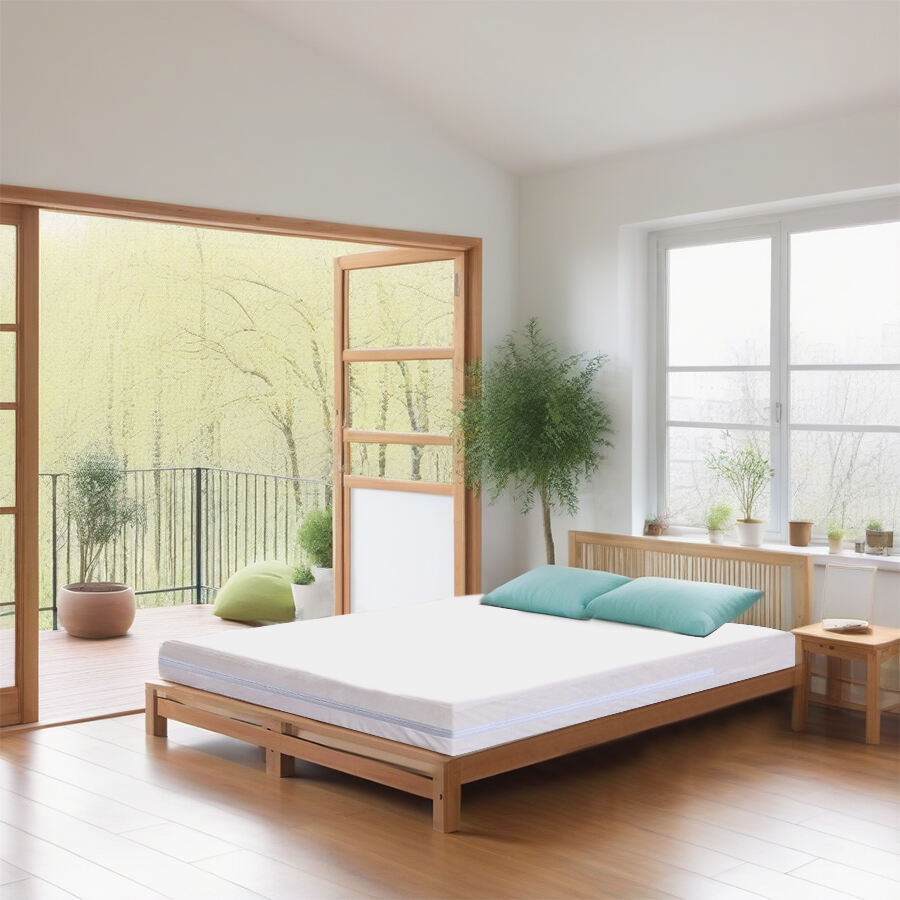
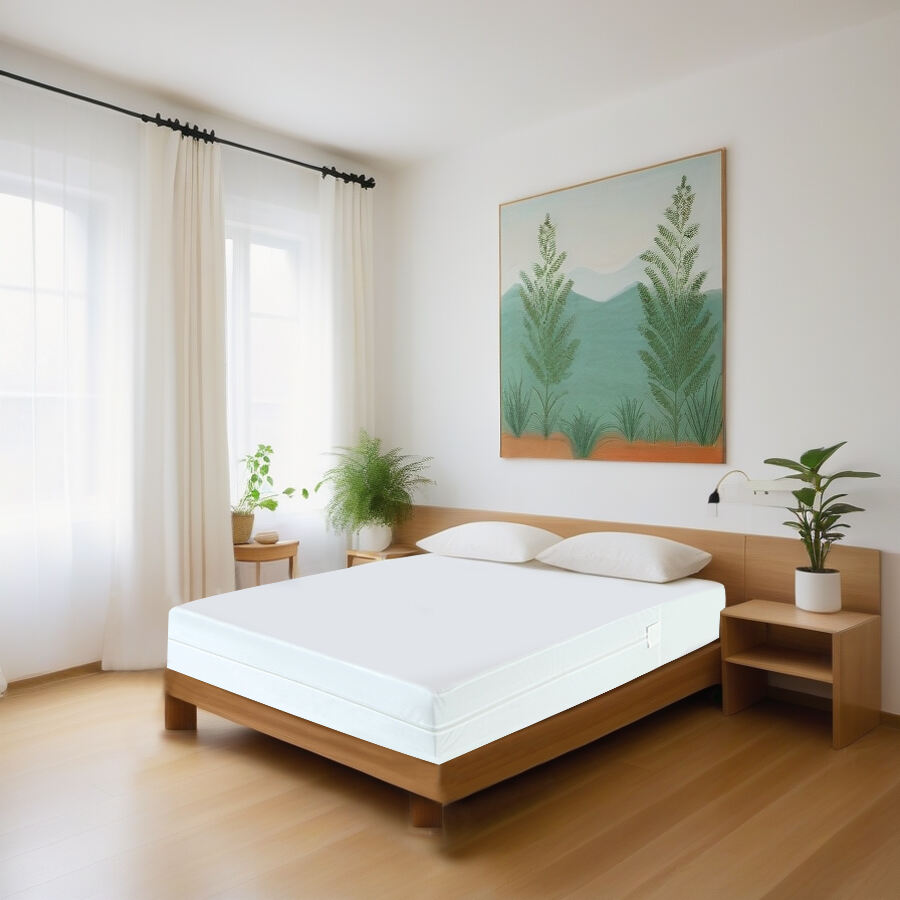



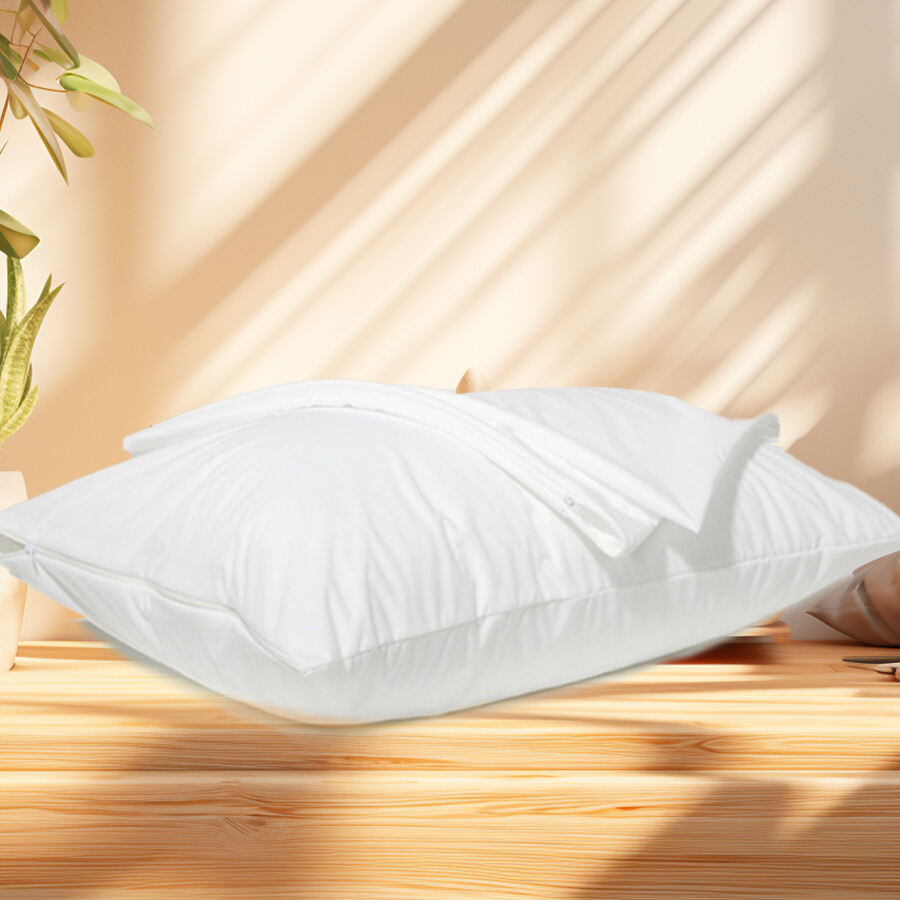













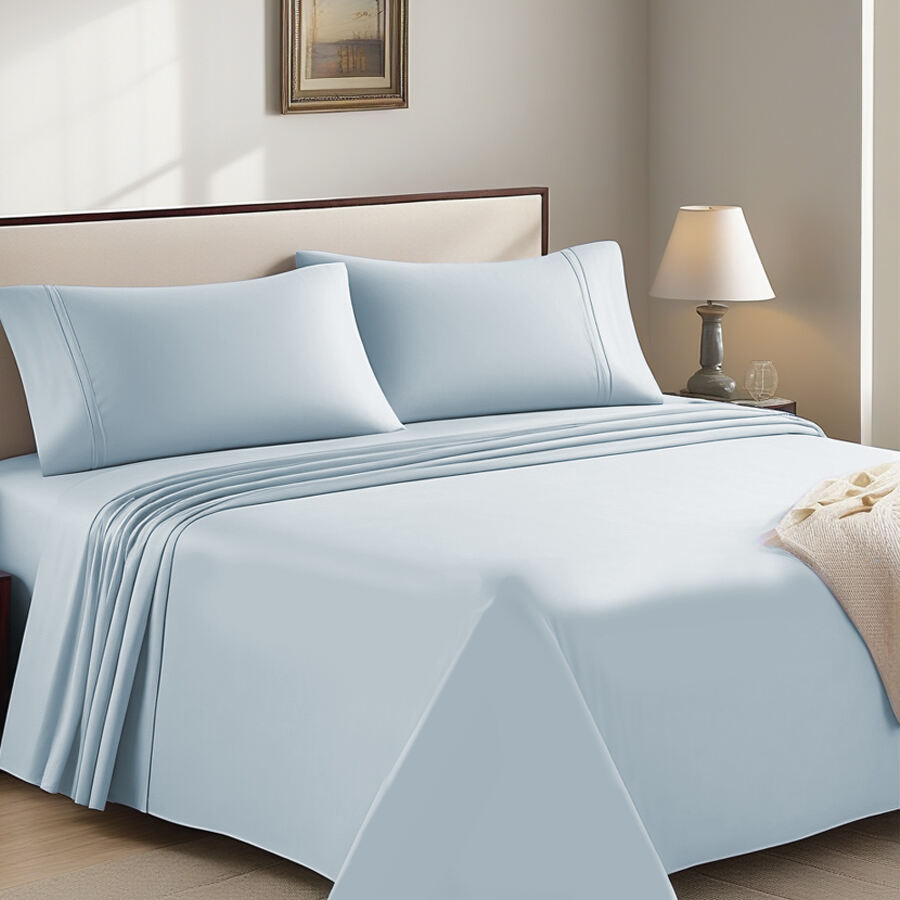


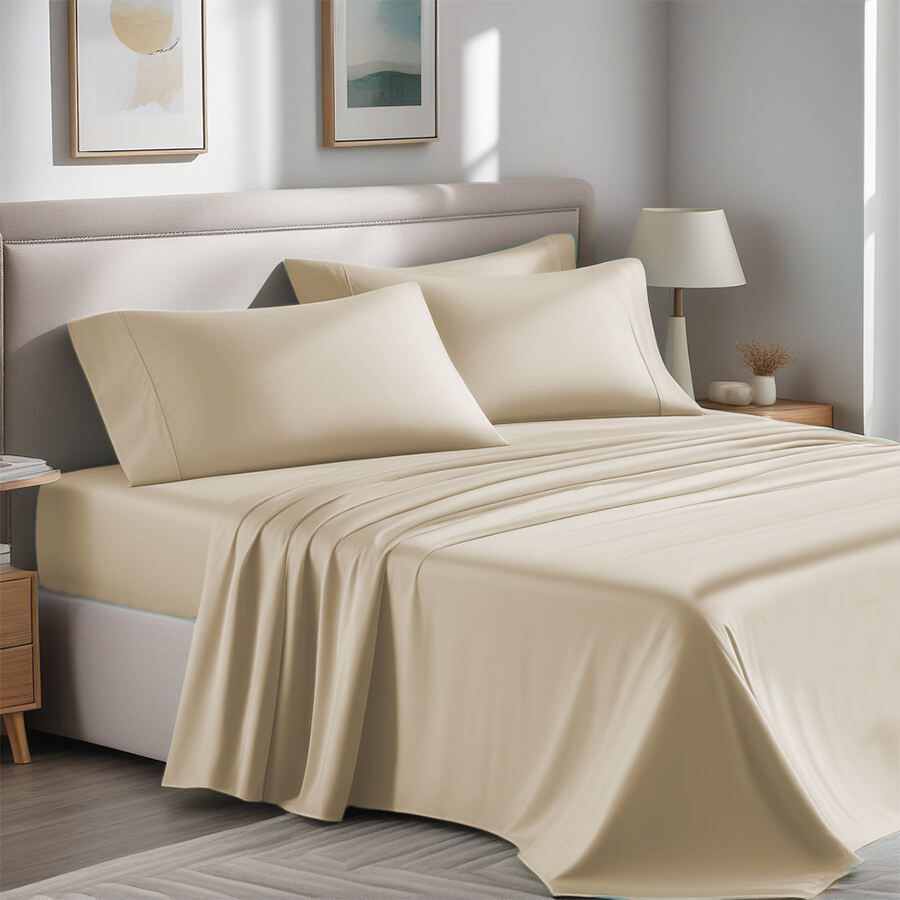




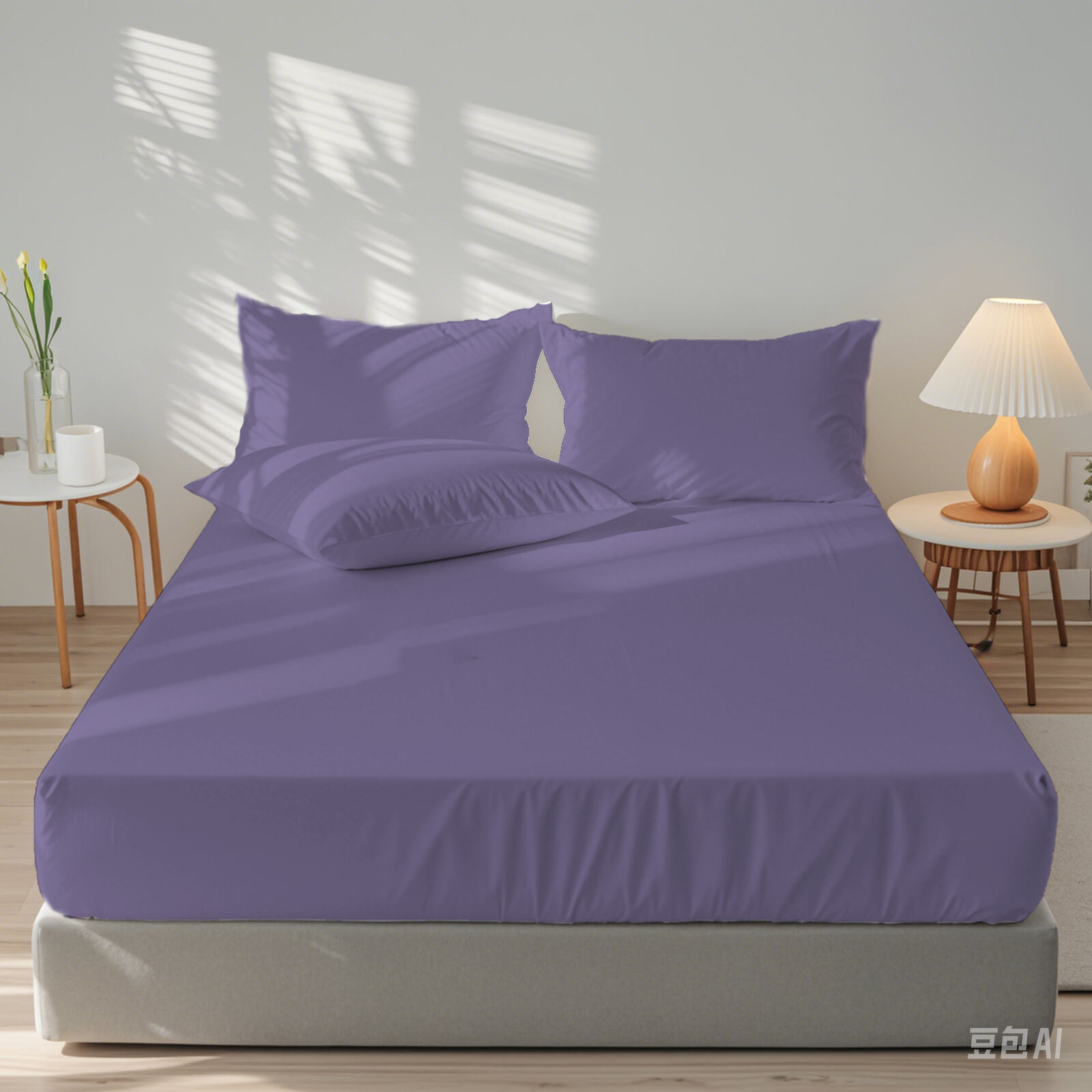
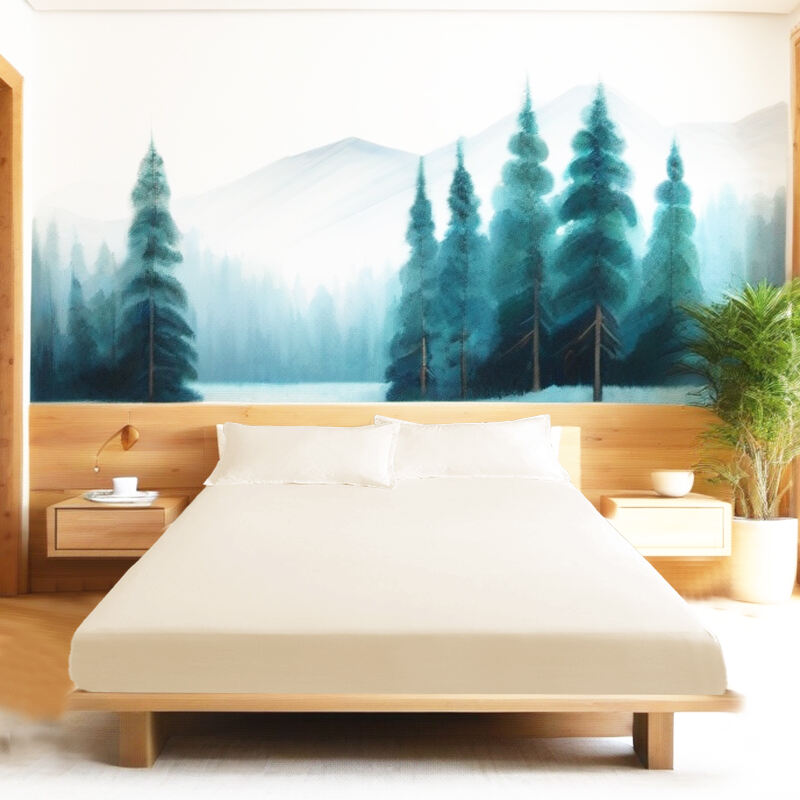
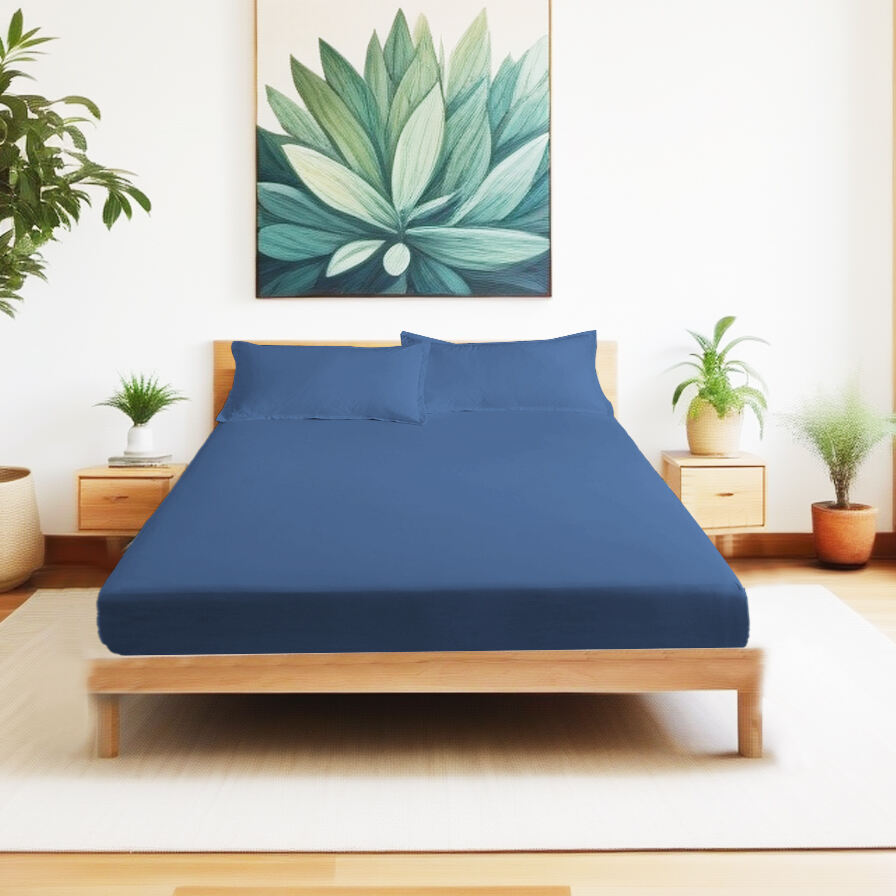

 EN
EN
 AR
AR HR
HR DA
DA NL
NL FR
FR DE
DE EL
EL IT
IT JA
JA KO
KO NO
NO PL
PL PT
PT RU
RU ES
ES SV
SV IW
IW VI
VI HU
HU TR
TR AF
AF MS
MS GA
GA